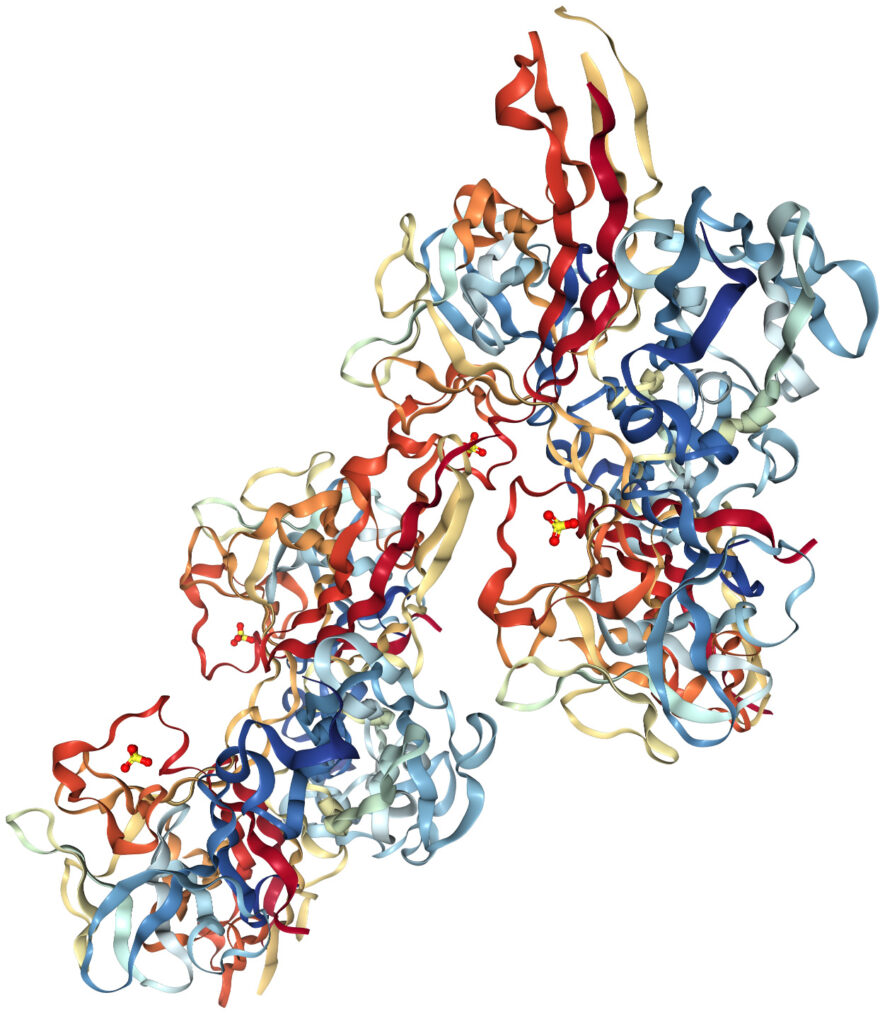Blog Post
Which Temp is best and why
Protein Stability Across Temperatures: From Dry Ice to Room Temperature
Assessing protein stability at various temperatures, from the chill of dry ice to the warmth of room temperature, plays a vital role in biological research and the biotech industry. Proteins are sensitive molecules, and their stability can significantly impact experimental outcomes and product effectiveness. This post provides a clear understanding of how proteins behave across different temperature ranges, ensuring accurate results and product preservation.
Understanding Protein Stability
The stability of a protein refers to its ability to maintain its structure and function over time. Temperature fluctuations can cause proteins to denature or lose their functional shape, making temperature control a critical factor in protein storage and research.
Effects of Various Temperatures on Proteins
Dry Ice (-78.5°C):
Proteins stored at this extreme cold temperature undergo minimal structural changes. It’s an ideal condition for long-term storage of certain sensitive proteins, ensuring they remain inactive and stable.
Blue Ice (-20°C to -15°C):
Commonly used in laboratories for the short-term storage of proteins. At these temperatures, most proteins retain their structural integrity and functionality for a limited time.
4°C (Refrigerator Temperature):
This is the standard temperature for storing proteins that are in frequent use. While it offers stability, some proteins might still undergo slow degradation over extended periods.
Room Temperature (20°C to 25°C):
Storing proteins at room temperature is usually for short durations, like during experiments. Prolonged exposure to this temperature can lead to rapid protein degradation and loss of functionality.
Factors Influencing Protein Stability
While temperature plays a significant role, it’s essential to recognize other factors influencing protein stability:
- Protein concentration
- pH of the solution
- Presence of stabilizing agents or contaminants
- Type of buffer used
- Duration of storage
Considering these factors alongside temperature can make a substantial difference in maintaining protein integrity.

Recommendations for Optimal Protein Stability
- Always refer to the protein’s datasheet or manual for specific storage instructions.
- Limit freeze-thaw cycles, as repeated freezing and thawing can degrade proteins.
- Use stabilizing agents like glycerol if storing at higher temperatures.
- Regularly inspect storage equipment like freezers and refrigerators to ensure they function correctly.
In Conclusion
Understanding the nuances of protein stability at different temperatures, from the extreme cold of dry ice to the ambient conditions of room temperature, is crucial for any researcher or professional dealing with proteins. Proper storage and handling can significantly impact the success of your experiments or the quality of your products.

